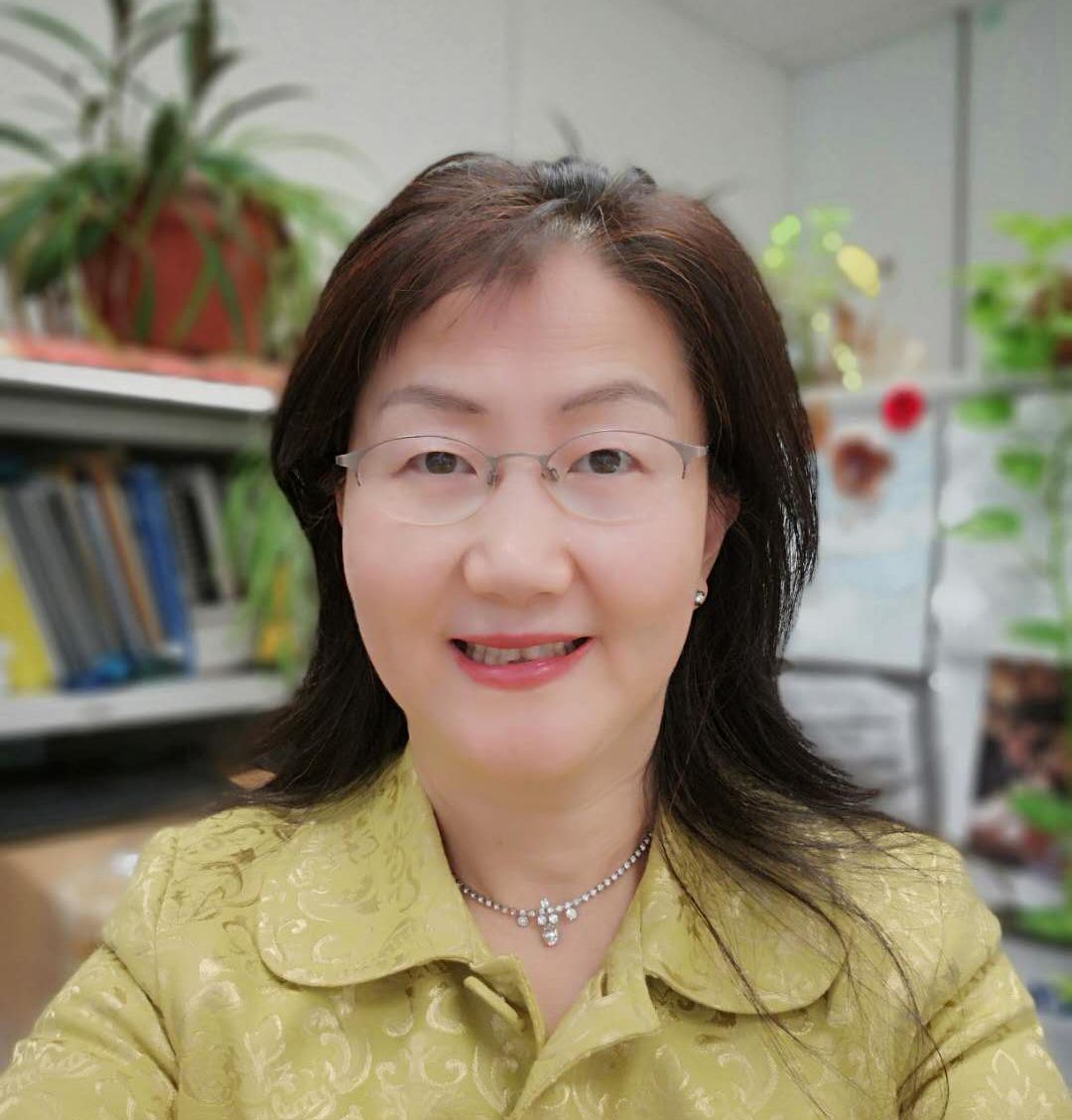| 个人简介 | |
|---|---|
 Prof. Youxin (Linda) Mao National Research Council Canada, Canada |
|
| 标题: Semiconductor Quantum-Dash Mode-locked Lasers in Terabits/s Optical Communication and 5G & beyond Wireless Network Applications | |
| 摘要: Semiconductor-based monolithic mode-locked lasers (MLLs) with their ability to emit extremely stable, ultra-narrow and low noise optical pulse trains at high repetition rate are a promising technology for multi wavelength optical sources application in state of the art coherent optical communications and 5G & beyond wireless networks in millimeter-wave (mmW) bandwidths, in order to achieve ultrahigh data capacity and overcome the spectrum crunch [1]. Other advantages include compact size, low power consumption, low cost, simple fabrication, and the ability for hybrid integration with silicon substrates. MLLs utilizing quantum dots or dashes (QD) rather than quantum wells are particularly attractive due to the reduced amount of amplified spontaneous emission leading to lower intrinsic noise, narrower linewidth, and hence ultra-low timing jitter [2, 3]. We have previously demonstrated InAs/InP QD MLLs with various pulse repetition rates and a total output power up to 50 mW per facet at room temperature [4, 5]. In this presentation, we demonstrate InAs/InP C-band QD fabry-perot (passive) mode-locked lasers with extremely low RIN, phase noise, and ultra-low timing jitter developed in National Research Council Canada and their applications in coherent optical communication [6] and wireless networks [7] in the following sections: 1. Introduction 2. Theory 3. Material grown and device fabrication 4. Laser performance characterizations, such as LIV, RIN, phase noise and timing jitter. 5. Demonstrations of by using only a NRC QD MML achieved > 10 terabits/s data capacity with a double-polarization high order quadrature amplitude modulation (QAM) optical system through 100-km standard single mode fiber transmission. 6. Demonstrations of a millimeter-wave photonic-aided-radio-over-fiber broadband wireless networking system using only one NRC QD MML to replace over 60 conventional individual DFB lasers. 7. Conclusion 8. Acknowledgment: This work was supported by the High Throughput and Secure Networks (HTSN) Challenge Program at the National Research Council of Canada. Reference [1] Z.G. Lu, J.R. Liu, Y. Mao, et al, J. of the European Optical Society-Rapid, Vol. 238, 01003 (2020). [2] Y. Mao, J.R. Liu, Z.G. Lu, et al, Proc. of Optical Fiber Communications, San Diego, CA, USA, Th2A.8, (2019). [3] Y. Mao, Z.G. Lu, J. Liu, et al, J. of Lightwave Technology, Vol.38 (17), PP. 4787-4793 (2020). [4] P. J. Poole, et al, J. Cryst. Growth 311(6), 1482–1486 (2009). [5] Y. Mao, Z.G. Lu, J.R. Liu, et al, OSA Laser Congress Virtual Conference, paper: JTu5A.1, (2020). [6] Y. Mao, J.R. Liu, Z.G. Lu, IEEE J. of Selected Topics in Quantum Electronics, Vol. 25 (6), 1900607 (2019). [7] Z.G. Lu, K. Zeb, et al, Proc. of SPIE, Vol. 11690 116900N-1 (2021). | |
| 简介: Youxin (Linda) Mao received her B.S. degree in Physics and M.S. in Electronics Science from the Nankai University, China, in 1982 and 1985, and Ph.D. in Opto-Electronics from Lancaster University, UK, in 1995. From 1985 to 1992, she was a Lecturer in Electronic Engineer Department, Tianjin University, China. From 1995 to 1997 and 1997 to 1999, she was a Research Associate with the Lancaster University, and a NSERC visiting fellowship with National Research Council in Canada. As a Research Scientist, she worked in Exploratory R&D group with JDS Uniphase from1999 to 2003 and with Medical Biophysics in University of Toronto from 2003 to 2006. Since 2006, she has been a senior Research Officer with National Research Council Canada. She is the author of over 150 peer reviewed articles. Her research interests include ultra-low timing jitter quantum dot mode-locked semiconductor lasers, PAM and QAM data format digital and coherent optical networks, high speed and high power wavelength swept laser, semiconductor laser package, fiber optics, ultra-small optical fiber probes, and optical coherence tomography. | |
